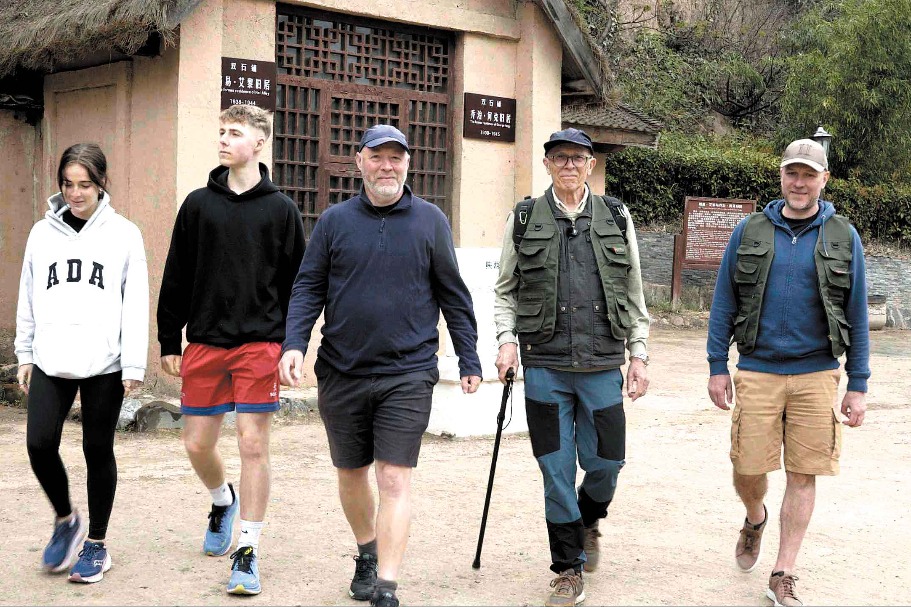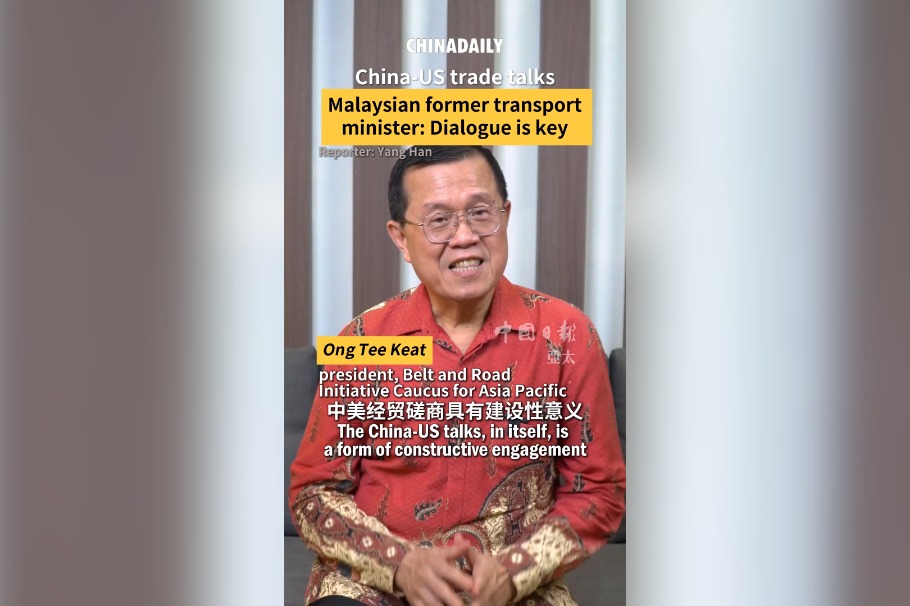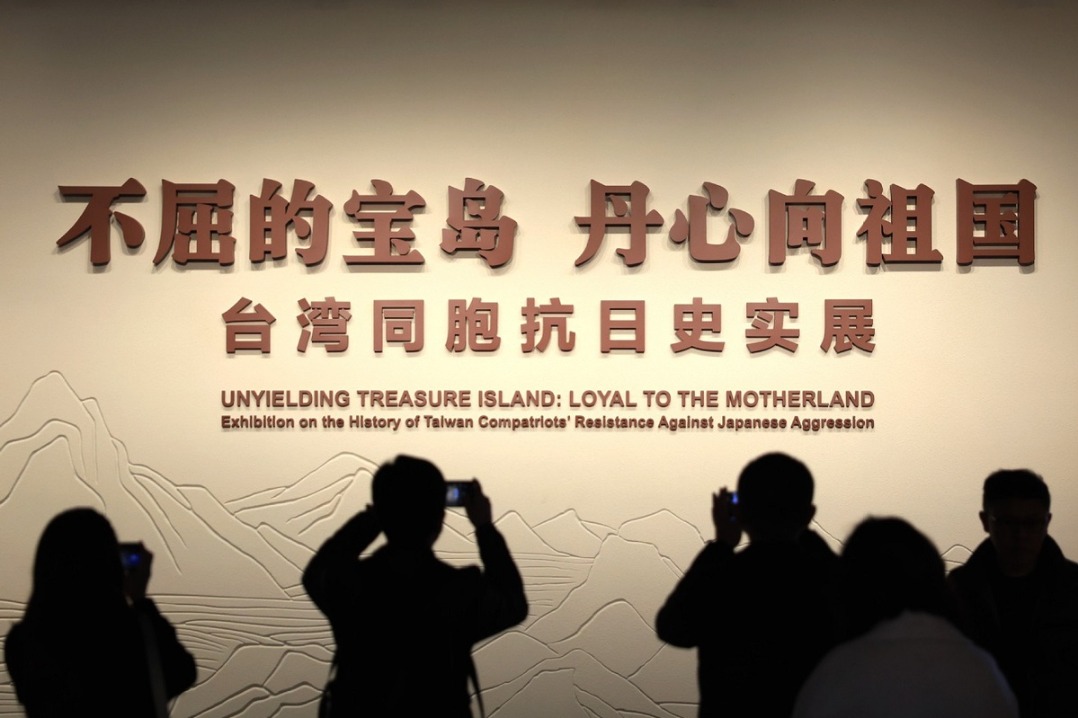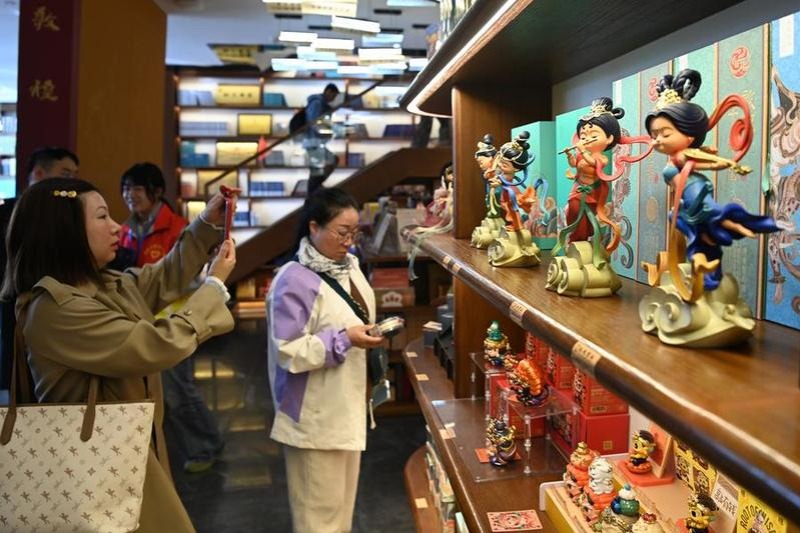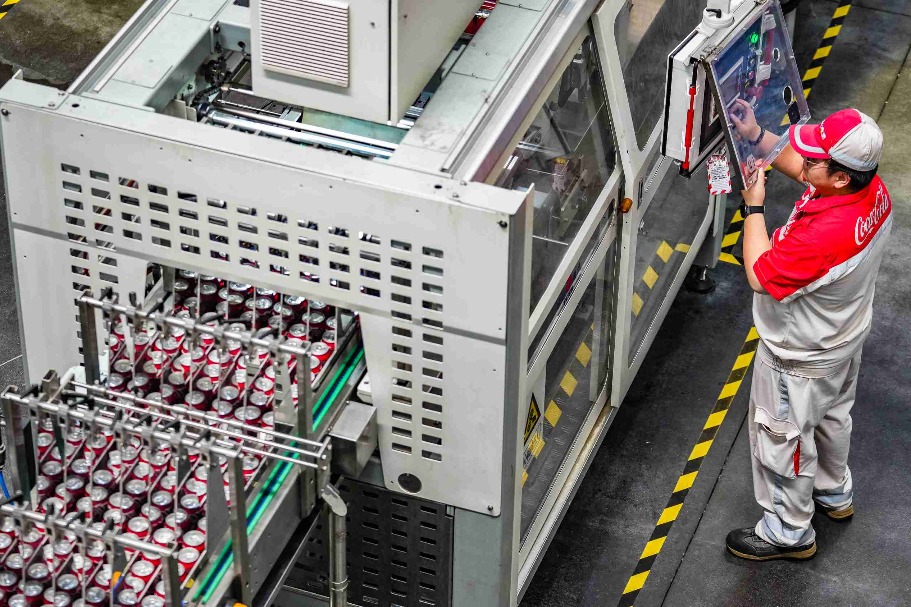New approaches taken to revitalize world natural, cultural heritage sites

German premium automaker Mercedes-Benz leverages the power of youth to promote the value of heritage. The company is partnering with UNESCO to launch the Heritage So Young campaign on June 12 to celebrate the 2021 China Cultural and Natural Heritage Day.
The campaign aims to encourage young people to participate in activities related to World Heritage Sites and Intangible Cultural Heritage. It kicked off with a video published on UNESCO's official social media accounts. Its hashtag campaign, Heritage So Young, was also launched on various social media platforms, attracting young generations to join in interactions such as discussion groups.
China's rich history has created a variety of intangible cultural heritage. Examples include the art of guqin, a Chinese musical instrument with a history of more than 3,000 years, and the specific culture of Dragon Boat Festival on the fifth day of the fifth month in the Chinese lunar calendar, which is more than 2,000 years old, as well as Chinese calligraphy and seal-carving-all have been popular through the years.
The word "heritage" refers to the history, traditions and qualities carried by generations. Getting more young people interested in traditional heritage and culture and revitalizing local traditions is key to heritage preservation and promotion.
Future innovation
The Heritage So Young campaign has been initiated by two long-term partners: the China Youth Development Foundation Mercedes-Benz Star Fund and UNESCO. It is part of an existing environmental protection program, the Sustainable Livelihood Project, that targets solving conflicts between economic development and preservation of environment and heritage sites.
The campaign is an example of how the Sustainable Livelihood Project has been upgraded this year with further innovations to offer nature education and heritage value promotion to attract more younger generations.
The campaign plans to encourage and engage more young people to participate in heritage protection and communication by telling the stories of heritage sites and working toward their sustainable development in innovative ways.
Shahbaz Khan, director of the UNESCO's Beijing office, said: "Heritage mirrors the past, while you, the young people who are composing the coming chapters of heritage, represent the future.
"Certainly we need to understand where we came from, where we are, and how we will head into future. By knowing these, we will empower the present and future generations. And I believe together with UNESCO, young people will make great contributions to the global cultural field, and China is a leader in that field."
As an important partner of UNESCO, Mercedes-Benz Star Fund was established in 2010 and is a joint charity fund created by Mercedes-Benz and China Youth Development Foundation. In the past years, Star Fund has fulfilled Mercedes-Benz's social responsibility mainly in the areas of environmental protection, driving culture, education support, culture and arts, and social care.
However, the cooperation focusing on the conservation of World Heritage Sites and environmental protection between Mercedes-Benz and UNESCO can be traced back even earlier.
Andy Zhang, chairman of Mercedes-Benz Star Fund and senior executive vice-president of Beijing Mercedes-Benz Sales Service, said: "Mercedes-Benz has joined hands with UNESCO to support the conservation of World Heritage Sites since 2007, and continuously upgraded our programs based on the heritage sites' actual needs.
"We are dedicated to achieving harmonious development between human and nature, promoting local economic development to directly benefit residents of heritage sites."
Leveraging the resources of both Mercedes-Benz Star Fund and UNESCO, the Heritage So Young campaign will visit some of China's World Heritage Sites with young people this summer to present stories of heritage from the perspective of the younger generation.
The younger generations are encouraged to learn more about intangible cultural heritage, acquire related skills from the older generations, and revitalize them with their own creative ideas.
Beyond time and space, the transmission and innovation of natural and cultural heritage will attract participation from young people. They will work in a people-centered and culture-oriented manner to ensure the audience keeps the importance of the sustainability of nature and culture in mind, according to Mercedes-Benz.
Everlasting world heritage
Thanks to its vast territory, long history and dedicated preservation of traditional culture, China has 55 World Heritage Sites, including 37 World Cultural Heritage Sites.
Mercedes-Benz was the first international brand to support the protection of World Heritage Sites. Following the Green Legacy Program, the first cooperation between Mercedes-Benz and UNESCO, both parties joined hands to launch China's first World Heritage Sustainable Livelihood Project in 2017, based on their insights into the conflicts between the needs for heritage site conservation and local socioeconomic development.
The World Heritage Sustainable Livelihood Project laid solid foundation for the new Heritage So Young campaign, and the first pilot sites have already produced remarkable results.
At the Sichuan Giant Panda Sanctuaries World Heritage Site, Renna Siba, a local cooperative that is part of a beekeeping project in Ya'an and Wolong, has developed beyond the mountainous areas to reach tens of thousands of families to sell their products to.
This project has also helped local primary school students learn about nectar-rich plants under the core concept of nature education.
At the South China Karst Natural World Heritage Site in Yunnan, Yunnan Shilin Sani Embroidery has been well known thanks to the combination of the intangible cultural heritage with cultural and creative industries.
This ancient embroidery has been revitalized, and a local street known for Yi ethnic embroidery culture and the Ashima Cultural and Creative Product Store have become popular tourist attractions.
At the China Danxia Natural World Heritage Site in Guizhou province, the Guizhou Chishui Bamboo Weaving project has facilitated the development of a complete industry chain with higher efficiency and greater benefits by training local community leaders, who then encourage more people to learn relevant skills and establish cooperatives with suppliers and retailers.
At the Mount Fanjing Natural World Heritage Site, the Songtao Miao Embroidery project has been implemented, aiming to strengthen the intangible cultural heritage bearers' professional skills and the quality of their products through training workshops. This will help them reap financial benefits from their own efforts.
Together with Chishui Bamboo Weaving, Songtao Miao Embroidery was included in the Intangible Cultural Heritage for Sustainable Development cooperation between UNESCO's Beijing office and the Intangible Cultural Heritage Department of the Ministry of Culture and Tourism.

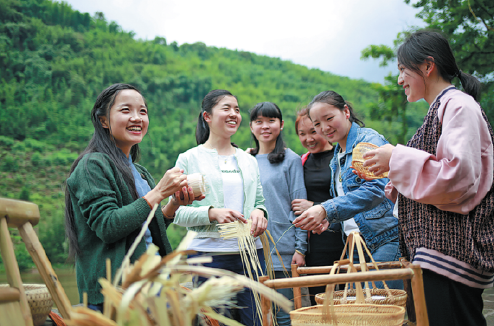
Today's Top News
- China fortifies public interest mechanism
- Global South consensus on 'pluriversal' future
- Plan outlines opportunities for the world
- Xi extends condolences over passing of Thailand's Queen Mother
- Europe hit by early outbreaks of bird flu
- 'Two suspects' arrested for Louvre jewels heist


















